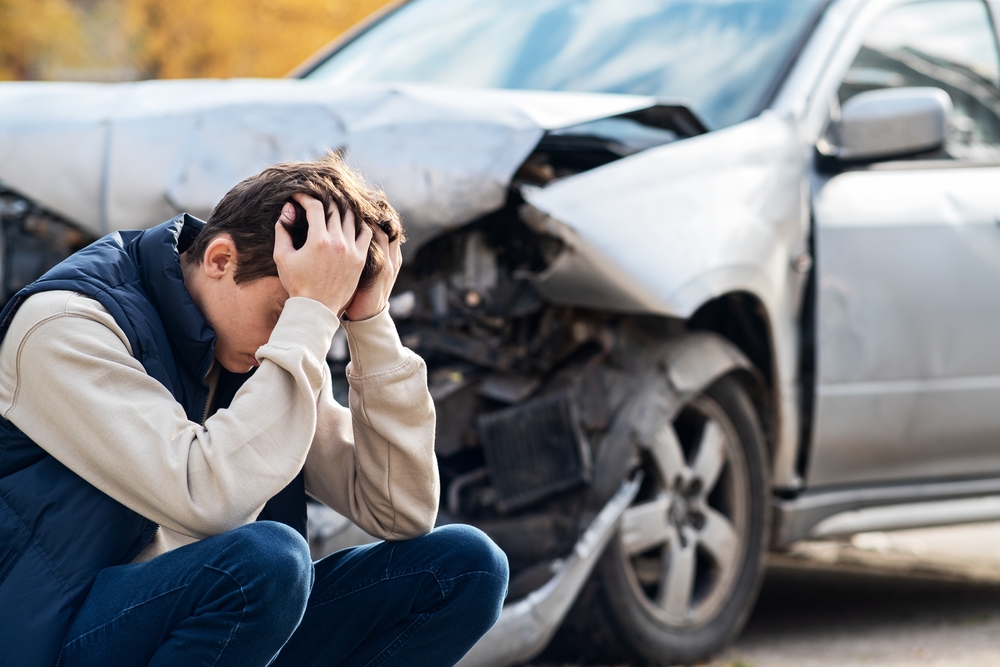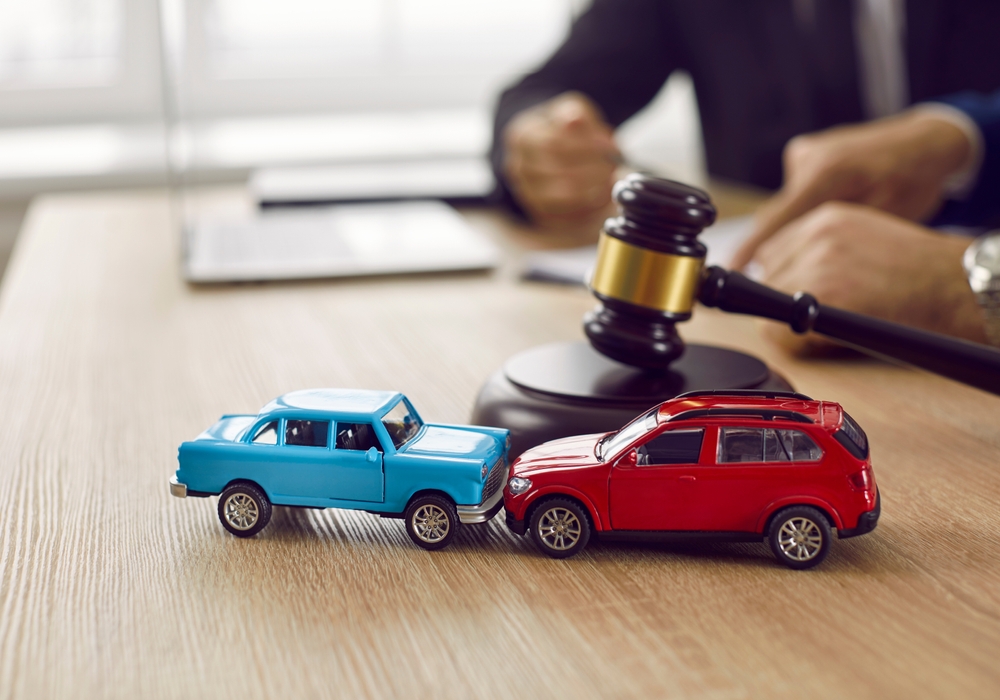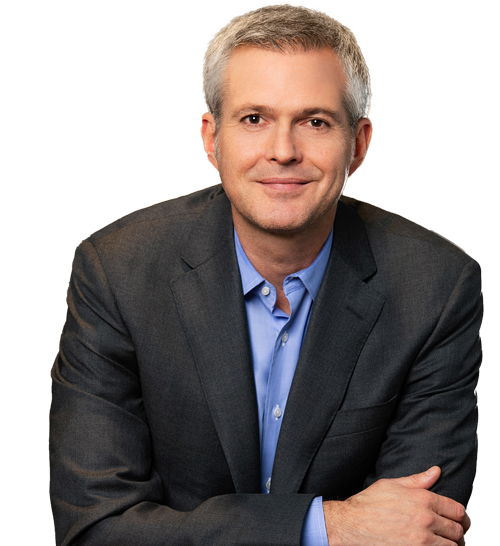
Head-on car collisions are the most dangerous type of accident, as two vehicles traveling in different directions make for a devastating collision. One of the motorists involved in a head-on accident often has made a serious error, whether driving in the wrong direction or unknowingly veering out of their lane.
If you were in a head-on car collision or a loved one passed away from injuries suffered in such an accident, a Minnetonka motor vehicle accident lawyer will pursue fair compensation for you. This will allow you to focus on recovery, as head-on accidents often leave victims with significant injuries.
Why Head-On Collisions Are the Most Dangerous Accident Type
There are many different car accident types, including:
- Rear-end collisions
- Sideswipe accidents
- Side-impact collisions
- Single-vehicle accidents
- Rollover accidents
- Head-on collisions
Of all the accident types, head-on collisions tend to cause the most severe and fatal injuries. Reasons for the unusual danger of head-on collisions include:
The Physics of Head-On Collisions Are Devastating

The physics of head-on car accidents are similar to those seen in kickoffs during football games. When two objects traveling at high speeds in opposite directions collide (whether a motor vehicle or an athlete), the resulting impact imposes immense force on both objects.
Football leagues have taken concerted steps to eliminate the kickoff, recognizing that the laws of physics make high-speed, head-on collisions dangerous. Unfortunately, despite laws and media campaigns to raise awareness, there is no way to completely prevent head-on auto accidents.
Vehicles Traveling in Opposing Directions Are Often Traveling at High Speeds
The more momentum a vehicle has before a sudden stop, the more violent the collision tends to be. Vehicles that strike each other head-on are often traveling at high speeds, and their momentum abruptly stops when striking the other vehicle.
While the momentum of the vehicles stops, the momentum of vehicle occupants continues moving forward, which means:
- The momentum of the vehicle occupant’s body may be stopped by a seatbelt and airbags, which can cause great strain on the body
- If vehicle occupants are not wearing a seatbelt, the vehicle may eject them
- Injuries are likely whether the vehicle occupants remain in the vehicle or they are ejected from the vehicle
Even if a motorist brakes before the collision, the impact force is often more than the body can handle without serious injury.
Head-On Collisions Can Lead to Fires and Explosions
When vehicles collide head-on, the engine cavity can destroy components. This may lead to fuel leaks and other hazards that trigger fires, explosions, and other hazardous events.
Burns and other injuries related to fire or explosions could be a part of your head-on accident case. Such injuries can be painful, disfiguring, and distressing.
Head-On Accidents Can Cause Flying Debris
Severe damage occurs to vehicles in head-on collisions; there is also a risk that flying debris (such as metal, sharp plastic, and glass) will strike the accident victims. This can cause additional injuries, with critical body parts like eyes being vulnerable to debris.
The Human Body Can Only Withstand So Much Force
After sustaining a certain amount of force, the human body is susceptible to fracture, organ rupture, and other severe injuries. Because head-on collisions are among the highest-force accidents you can experience, head-on accident victims face a heightened risk of injury.
Common Causes of Head-On Collisions
Head-on accident lawyers are familiar with the causes of collisions like yours. Attorneys must diagnose the cause of the accident to establish liability for their client's damages, and your lawyer may find that your collision resulted from:
A Motorist Driving the Wrong Direction
Engineers design roads to prevent head-on accidents. When motorists defy road rules and markers, they increase the risk of causing a head-on accident. A motorist may drive in the wrong direction because:
- They are unfamiliar with the area
- They do not see signs or road markings indicating a one-way street
- They take a wrong turn
- They are not familiar with best driving practices
Inexperience is one of the greatest risk factors for accidents, so young or otherwise unseasoned drivers may be at a heightened risk of causing head-on collisions. Such motorists may not understand road rules, may be easily flustered, and may not be skilled at avoiding collisions.
Distracted Driving
Distracted drivers were responsible for more than 3,500 deaths in 2021, and an unknown number of those deaths resulted from head-on collisions. A motorist's distraction can result in a head-on collision when:
- The motorist looks away from the road (perhaps to look at a phone or talk to someone in the car) and veers into oncoming traffic
- The motorist takes one or both hands off the wheel (perhaps to eat food or grab items inside the vehicle) and loses control
- The motorist is distracted by thoughts, podcasts, music, or other media and misses a one-way street sign
Distracted motorists are financially responsible for the consequences of their negligent actions.
Impaired Driving
Motorists under the influence of drugs or alcohol are often easily distracted, physically impaired, and cognitively diminished. Motorists who are tired, upset, or otherwise impaired may also make decisions or mistakes that lead to head-on collisions.
Risky Driving Decisions
Motorists seeking to save time may make high-risk decisions, like running a red light or traveling in the wrong direction down a one-way road. Such knowing and intentional decisions can have devastating outcomes.
Confusing Road Conditions
Head-on collisions and other accidents can result when road conditions are confusing or unclear. Hazards that may make a road confusing include:
- Lack of signage indicating one-way streets
- Lack of stop signs, yield signs, traffic lights, and other accident-prevention resources
- Lack of road markings indicating where motorists should enter the turn lane and turn
- Lack of indicators for pedestrian crossings
Authorities must spell out how motorists should act, where they are permitted to turn, and what direction they should drive. For instance, if a motorist enters a two-way turn lane too early because it is unmarked, they risk striking an oncoming motorist who occupies the lane legally.
A Guide for Protecting Yourself After a Head-On Car Accident
If you or a loved one were involved in a head-on collision, you should:
Document Your Injuries

Get medical attention as soon as possible after a head-on collision. A doctor may:
- Conduct a full-body examination to detect injuries and diagnose symptoms
- Complete medical imaging
- Provide diagnoses for all accident-related injuries
- Refer you to specialists
Such care will ensure you are not at risk from accident-related injuries. You should also document the exact medical problems caused by your accident, which will be critical to the success of any claim or lawsuit you pursue.
Follow Your Doctor's Advice
You must follow your doctor's advice so that:
- You heal as quickly as possible.
- You do not cause additional medical issues by deviating from the treatment plan.
- You do not allow liable parties to accuse you of worsening your injuries (which they may do to avoid financial liability)
If you have yet to receive clear instructions from a doctor, you may arrange a follow-up visit or telehealth conference to ensure you are taking proper steps.
Retain a Head-On Car Accident Lawyer
Your insurance claim or lawsuit is critical to your short- and long-term financial health. Because your financial stability can be a key aspect of your mental health, the outcome of your case becomes even more important.
Hiring an attorney indicates that you are serious about securing the compensation you deserve. Don't wait to find a head-on car accident lawyer who will hold liable parties accountable for their negligence.
Let Your Attorney Deal with Insurance Companies
You must be careful when dealing with insurers after a car accident. These companies may:
- Try to convince you to admit fault for your accident (perhaps through leading questioning)
- Blame you for causing the accident
- Try to persuade you to accept zero compensation or a lowball settlement offer
- Engage in other bad-faith tactics meant to benefit the insurer financially
You can avoid the risks of dealing with insurers by hiring a car accident lawyer. Your attorney will handle all possible interactions with insurers. If you must make any statements, your attorney will guide you through that process.
Reasons to Hire a Head-On Car Accident Attorney
After you evaluate the benefits of having a lawyer on your side, retaining an attorney may become a no-brainer. Some of the most notable reasons to hire a head-on accident lawyer include:
- The law firm's willingness to pay for your case: An attorney and their law firm will cover the upfront cost of your head-on accident case. Law firm fee structures are results-oriented, so they are willing to be paid from the client's financial recovery. This means there is no direct financial risk when you hire an attorney.
- The lawyer's experience with head-on accident cases: Attorneys' experience means they will be ready for the demands of your case. No matter how much you read, there will be no substitute for an attorney who has experience completing car accident cases.
- The resources the firm will put into your case: Law firms have the financial wherewithal to hire professionals, commission accident reconstructions, and put other resources into the case. Without representation, you might not have the means to obtain such resources for your case.
- The demands of your recovery process: For many accident victims, the demands of getting treatment occupy much of their time. The prospect of handling an insurance claim or lawsuit on top of the recovery process is overwhelming.
If you try to handle your case, the results may be lacking. You may struggle to secure evidence, negotiate with experienced insurance representatives, and secure the financial recovery you deserve.
How Your Attorney Will Pursue Your Financial Recovery
Your lawyer will work hard to secure the settlement you deserve. If settlement negotiations do not work out, your attorney may be willing to take your case to trial.
Before considering a trial, your attorney will construct your case by:
Obtaining Evidence from the Head-On Collision
Lawyers must establish who is financially responsible for the collision, and they start by proving fault. Evidence to help prove fault may include:
- Video of the accident
- Witness accounts
- The police report detailing the collision
- Skilled reconstructions of the collision
- Professional testimony about fault
Photographs of damaged vehicles may also help prove how the accident happened.
Detailing All of Your Accident-Related Damages
Your lawyer will enter settlement negotiations with a detailed picture of your damages. That picture may include:
- Medical bills for accident-related care
- Images of your injuries
- Past income statements showing the amount of your lost income
- Testimony from doctors and mental health professionals about the toll of your accident
- Any other evidence of your accident-related damages
Such documentation is necessary to show liable parties how much money they owe the accident victim.
Starting Settlement Negotiations
Your lawyer will establish a precise settlement target and engage liable parties in negotiations. Attorneys know the liable parties' goal is to limit their financial exposure as much as possible.
Your attorney will seek as much compensation as you are entitled to, and they will fight hard for a fair car accident settlement offer.
Advising You Whether Trial Will Be Necessary
If liable parties do not offer a fair settlement, your attorney may approach you about the possibility of going to trial. Together, you will decide whether going to court is your best decision.
Damages Which Your Lawyer Will Seek Compensation For After a Head-On Accident
Your attorney will review every damage resulting from your accident, which may include:

- Medical expenses
- Pain and suffering
- Mental health services
- Temporary transportation
- Vehicle repair costs
- Lost income
- Diminished earning power
Each accident victim faces different injuries, symptoms, financial losses, and difficulties. Your attorney will seek a financial recovery matching the cost of your unique damages.
Recoverable Damages in a Fatal Head-On Accident Case
Head-on collisions accounted for nearly 30 percent of all motor vehicle accident deaths in the United States in 2021. Survivors of fatal accidents can seek compensation for both economic and non-economic damages, and a lawyer will lead a wrongful death case for you.
Hire Your Head-On Car Collision Lawyer as Soon as You Can
There are typically deadlines for filing head-on car collision cases, so don't wait to find a lawyer and empower them to fight for your financial recovery.

